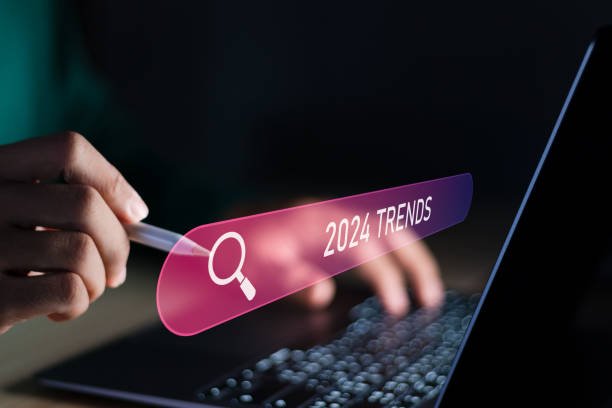Imagine a visitor landing on your website. The vibrant green instantly conveys a sense of growth and nature, perfect for your eco-friendly brand. The calming blue text creates an air of trust and security, encouraging them to explore further. This is the magic of color psychology in action. Different colors trigger distinct emotional responses:

- Red: Excitement, passion, urgency. Great for CTAs (call to action) buttons or highlighting important elements.
- Blue: Trust, security, reliability. A popular choice for financial institutions and tech companies.
- Green: Growth, health, harmony. Ideal for wellness brands or websites promoting sustainability.
- Yellow: Optimism, happiness, energy. Effective for grabbing attention and fostering a cheerful atmosphere.
- Orange: Enthusiasm, warmth, playfulness. A good fit for creative or youth-oriented brands.
- Purple: Luxury, sophistication, mystery. Often used in beauty and high-end product websites.
Building Your Brand Identity: A Colorful Palette
Your website’s color scheme should be an extension of your brand identity. It’s the visual representation of your core values and personality. Here’s how to create a color palette that speaks your brand’s language:

- Consider your brand personality: Are you playful and energetic, or sophisticated and luxurious? Choose colors that reflect these qualities.
- Target audience: Who are you trying to reach? Understanding their age, interests, and online behavior can guide your color choices.
- Competitor analysis: Take a peek at your competitors’ websites. What color schemes do they use? How can you differentiate yourself while staying relevant?
Crafting Harmony: Balancing Aesthetics with Usability
While color is powerful, it’s crucial to maintain balance and prioritize user experience. Here are some key points to remember:
- Accessibility: Ensure sufficient color contrast between text and background for optimal readability, especially for visually impaired users.
- Color blindness: Consider how your chosen colors appear to people with color blindness. Tools like Coblis Color Contrast Analyzer can help.
- Less is often more: A limited color palette creates a cohesive and professional look. Experiment with different shades and tints of your core colors for depth.

The Call to Action: A Colorful Persuasion
Strategic use of color can significantly boost conversions. Here’s how:
- Highlight CTAs: Use a contrasting color to make your call to action buttons stand out and compel visitors to click.
- Urgency and Trust: Red or orange buttons can create a sense of urgency, while blue or green convey trust and encourage thoughtful action.
Conclusion: Unveiling the Colorful Potential of Your Website
Color is a powerful design tool that shouldn’t be underestimated. By understanding the psychology of color and applying it strategically, you can create a website that not only looks stunning but also speaks volumes to your target audience. So, unleash the potential of color, craft a captivating online presence, and watch your website blossom. Remember, a well-chosen color palette can be the bridge between a visitor and a loyal customer.



